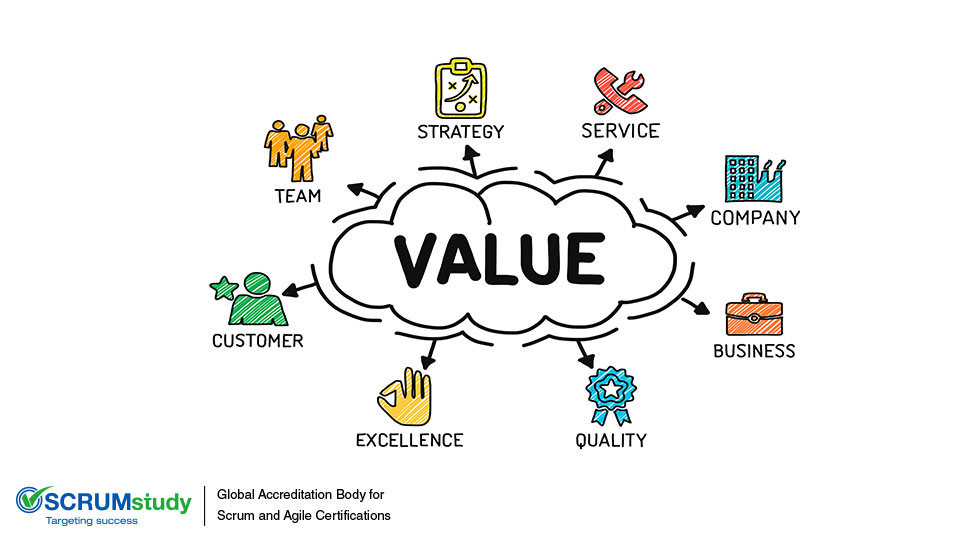Is Value-Driven Delivery the Key to Scrum’s Success?
Posted bySCRUMstudy® on January 16, 2023
Categories Certification SBOK® Guide Scrum Scrum Guide Training
One of the aspects of Scrum that attracts business stakeholders is the delivery of maximum business value in minimum span of time. To achieve this goal, Scrum relies on the principle of value-driven delivery. Also, as projects involve collaborative effort to either create new products or services or to deliver results as defined in the Project Vision Statement, they are usually affected by constraints of time, cost, scope, quality, people and organizational capabilities.
To overcome these constraints, value-driven delivery must be the main focus. Scrum facilitates delivery of value very early in the project and continues to do so throughout the project's lifecycle. One of the key characteristics of any project is the uncertainty of results or outcomes. It is impossible to guarantee project success at completion, irrespective of the size or complexity of a project. Considering this uncertainty of achieving success, it is therefore important to start delivering results as early in the project as possible. This early delivery of results, and thereby value, provides an opportunity for reinvestment and proves the worth of the project to interested business stakeholders.
In order to provide value-driven delivery, it is important to:
- Understand what adds value to customers and users and to prioritize the high value requirements on the top of the Prioritized Product Backlog
- Decrease uncertainty and constantly address risks that can potentially decrease value if they materialize. Also work closely with project stakeholders and show them product increments as each is created and allow them to manage changes effectively.
- Create deliverables based on the priorities determined by producing potentially shippable product increments during each Sprint so that customers start realizing value early on in the project.
The concept of value-driven delivery in Scrum is quite different when compared with the principles of traditional project management models where:
- Requirements are not always prioritized on the basis of business value.
- Changing requirements after project initiation is difficult and can only be done through the implementation of a time consuming change management process.
- Value is realized only at the end of the project when the final product or service is delivered.
Thus value-based delivery helps in delivering the maximum business value in the least amount of time to the customers and becomes one of the key aspects behind the success of Scrum.

